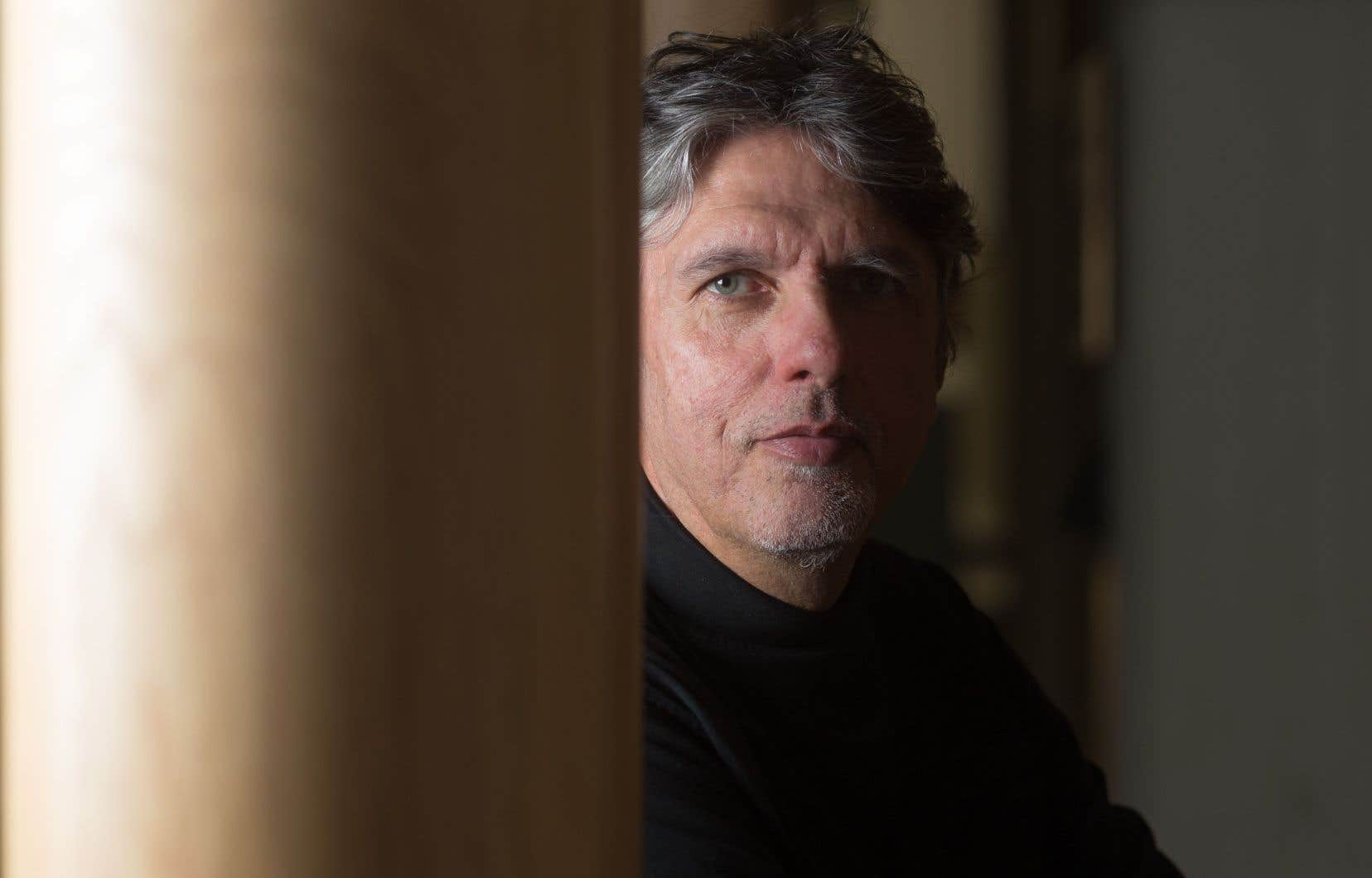Alain Beaulieu writes like others compose a symphony. Without having a precise idea of what he wants to tell or accomplish, he lets himself be carried away by the sequence of words and images, with the impression of “hearing the story as it unfolds, like a musician who, by stringing together chords, ends up forming a whole.”
This may seem surprising from an author whose novels are recognized for the mastery of structures and exploded forms – we only have to think of the choral format of The interrogation of Salim Belkafir (Druide, 2016) or the shot-reverse shot effects of Postman Passila (Druid, 2010).
Solène in three acts, described by the publisher as a “temporal triptych resembling a kaleidoscope”, is no exception. We follow a narrator through three significant periods of his life – adolescence, forties and illness – scenes of which are presented alternately, informing and responding to each other until forming the portrait sensitive and complex of a man defined by the tortuous paths of chance.
The art of the novel
The novel opens with the third act, which features a fifty-year-old whose thoughts are confused by anesthesia. At his side, a shadow, that of an evanescent woman, Solène. Shaken by this too brief appearance, the narrator sets out in the footsteps of his memory, traveling backwards through the places and moments that marked his existence.
“It was this delusion that appeared to me first,” maintains Alain Beaulieu, joined by The duty in his residence in Quebec. In The art of the novel(1986), Milan Kundera speaks of the novel as a literary genre which swallows up all other genres, because it allows us to address aspects of human existence – introspection, dreamlike, madness – that most other forms of art cannot depict. I wanted to use all the possibilities offered by the novel, to take my character out of reality to touch on what drives us all, but which we rarely talk about: our deep fears, our real desires, our questions. »
From this first scene, the three-act form emerged, to allow the author to revisit the past of his protagonist without playing with a classic and linear format. We therefore also meet the narrator at the dawn of adulthood, in a forest in Lanaudière where magic mushrooms grow, then in a bar in Joliette, where he meets the mysterious Solène, who will forever change the course of his existence . We then follow him in the middle of his existence, settled in Montreal, seeking to make his place in the literary world and father of a kid abandoned by his mother.
The power of chance
Through these three moments in the life of his hero, Alain Beaulieu questions the elements of freedom and chance which outline the framework of a life – and of a novel. “This question comes up in everything I write. There are few things in our lives that are due to a yes or a no, to a carefully considered decision. Most of the time, people and circumstances — our time, our family, our environment — decide for us. For me, writing and literature are modeled on the way our lives unfold. Even when we try to plan everything, there are things that remain beyond our control. »
The character of Solène, for example, was built around this idea. “She was a mystery to me at the beginning of writing. Then, she deployed quietly. She is a woman who has difficulty finding her place and making the right decisions, although she has a lot of agency. Little by little, the story reveals that she had a difficult childhood, that motherhood imposed itself on her life, that she is looking for something beyond herself; a quest that leads her to consumption and dependence, but also to commitment. »
Even if Solène’s passages in the protagonist’s life do not often turn to her advantage, the author wanted her novel not to be a condemnation of the latter’s actions, but rather a way of speaking sensitively about mental health. . “The character of Solène proves to what extent we are all the result of what others have made of us. »
By making his hero a failed author coupled with a successful publisher, Alain Beaulieu also takes the opportunity to dive back into the reality of the literary world as he knew it in his early days. “We had to print our manuscripts, make photocopies, send everything by post to around ten houses in the hope of being accepted. It was expensive. The big players had been established for a long time in the publishing industry. Then things started to change. New houses appeared, tried to shake things up and bring new ideas, new forms. I wanted to imagine the ingenuity and resourcefulness that one must put into practice to find one’s place in a sometimes hermetic environment. »
